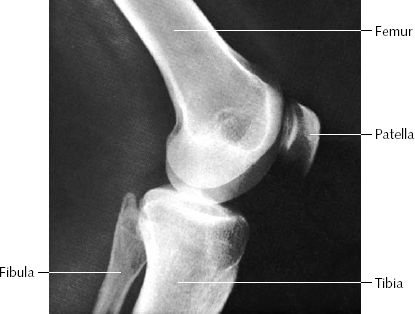
The importance of physical health can hardly be overstated, especially for women juggling multiple roles in today’s fast-paced world. Achieving and maintaining a sound body requires a holistic approach that includes a nutritious diet, regular exercise, effective stress management, and more. Understanding the key elements contributing to physical health can unlock the door to a happier, healthier you. Keep reading to discover practical tips and strategies tailored for women keen on cultivating a lifestyle that’s as robust as it is balanced.
Balanced Diet for Optimal Women’s Health
Nutrition is the cornerstone of good health. For women, consuming various nutrients is essential to support hormonal balance and overall well-being. A balanced diet rich in whole foods, such as vegetables, fruits, lean proteins, and whole grains, provides the energy and nutrition necessary for the body to function at its best. Limiting processed foods, sugars, and unhealthy fats is equally important for optimal health.
Ideally, meals should be planned to ensure a proper intake of essential minerals and vitamins. For instance, calcium and iron are particularly important for women due to their bone health and red blood cell production roles. Incorporating foods high in these nutrients, like dairy products and leafy greens, is a simple way to support your bodily functions.
Moreover, integrating technology, such as an AI fitness tracker, can provide insights into dietary trends and help monitor nutritional goals. Such a tool can be invaluable in maintaining a balanced diet by tracking food intake, activity levels, and other health metrics.
Strategies for Effective Stress Management
Stress is an inevitable part of life, but if left unchecked, it can wreak havoc on a woman’s physical health. Chronic stress can impact cardiovascular health, cause weight gain, and lead to other health complications. Therefore, developing strategies for managing stress is crucial. Techniques such as deep breathing, meditation, and yoga can greatly assist in calming the mind and reducing the physical effects of stress.
Another effective approach is creating a well-balanced lifestyle with hobbies and activities that bring joy. Whether it’s painting, playing an instrument, gardening, or any other pastime, these activities provide a necessary break from the routine stressors of life. They stimulate the release of endorphins, the body’s natural mood elevators, and painkillers, promoting a sense of well-being.
Furthermore, exploring resources like https://vitalityhealthmatrix.com/ can provide additional insights and tools for managing stress, including nutritional advice, lifestyle tips, and emotional and mental well-being techniques. Such resources reinforce the importance of a comprehensive approach to stress management.
Prioritizing Physical Exercise
Finding time for exercise can be challenging in the swirl of daily responsibilities, yet it’s crucial for maintaining physical health. Exercise not only strengthens muscles and bones but also helps regulate hormones and reduces the risk of chronic diseases. Ideally, a mix of cardio, strength training, and flexibility exercises should be included in a weekly routine to cover all aspects of physical fitness.
One way to ensure regular physical activity is to set realistic goals and create a schedule that works for one’s lifestyle. This can be as simple as a brisk walk during lunch breaks or a dance class after work. Remember, consistency is more important than intensity, so it’s better to engage in moderate exercise regularly rather than sporadic strenuous workouts.
Combining activities can be a smart strategy for those who struggle with time management. For example, incorporating a workout routine while watching the kids at the park or opting for active commuting can increase physical activity without requiring additional time set aside. Group fitness classes or online workout programs can also provide structure and support, making it easier to stick to a regimen.
Regular Health Screenings and Check-Ups
Proactive health maintenance through regular screenings and check-ups is pivotal for women’s physical health. These appointments allow for early detection of potential health issues and provide an opportunity for preventative care. You should be aware of and keep track of the recommended schedule for screenings, such as mammograms, Pap tests, and bone density tests tailored to your age and risk factors.
Regular visits to a primary care provider can also facilitate a review of your overall health status, including assessment of lifestyle factors such as diet, exercise, and sleep patterns. It’s an opportune time to discuss health concerns and develop a personalized health plan. Utilizing these visits to review and update vaccinations is another essential component of preventative care.
Overall, a tapestry of lifestyle choices influences women’s physical health, from diet and exercise to stress management and regular health screenings. Each of these elements plays a crucial role in fostering well-being and resilience. By adopting holistic and proactive approaches, you can enhance your health outcomes and thrive in every aspect of life.

















Follow Us